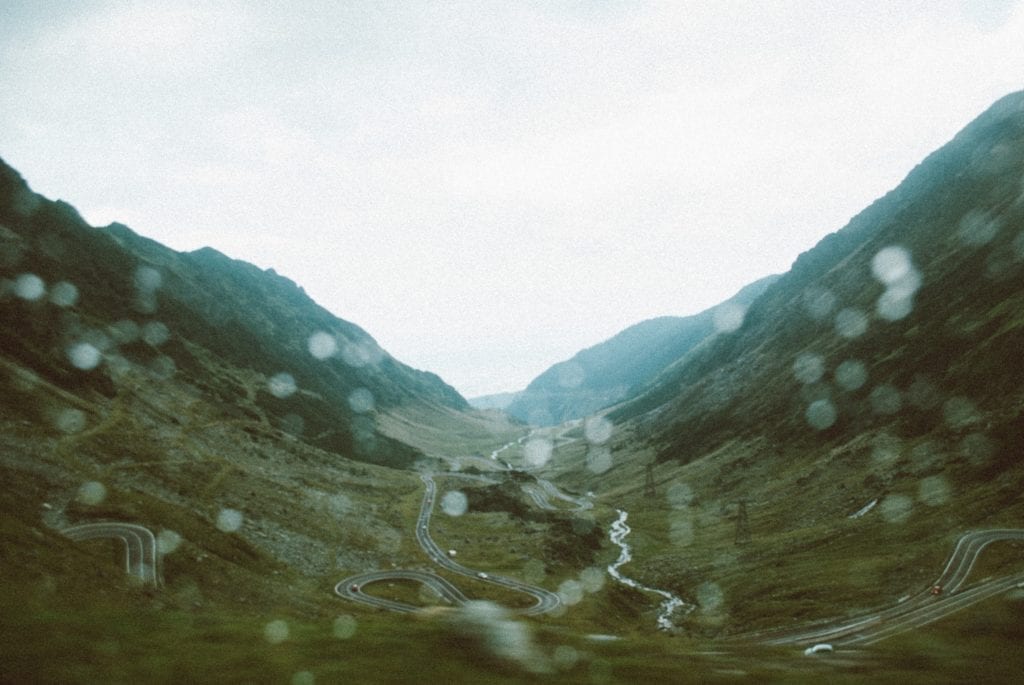For the past few weeks Summit County’s weather has everyone looking to the skies, with the hope of seeing rain. Early season in the high-country has been dry and warm with many wildfires throughout the state. It has been predicted that our monsoon season this year will be wetter-than-average. While the rain has yet to kick off, climate experts are still predicting a wetter-than-normal monsoon season. That will hopefully end the dry conditions.
To understand why these months are predicted to be so wet, it’s helpful to understand how monsoon season works.
From July through September, intense solar heat raises surface temperatures across the Southwest. Hot air rises due to low density and leaves behind areas of low pressure called thermal lows. Wind usually pushes air from high-pressure systems to low-pressure systems, and this is how moist air from the Gulf of Mexico is pulled into the low-pressure area in and around the Mojave Desert.
When that moist air hits the western slopes of the Rockies, it attempts to travel up and over the mountains. However, once it hits a certain altitude, the moist air cools and condenses, forming rainclouds and thunderstorms that drop water on the high-country nearly every day during late summer.
Climatologist Peter Goble for CSU’s Colorado Climate Center, claims mountain valley areas like Summit County are particularly prone to downpours because of the way mountain peaks essentially act as thunderstorm attractors.
At high elevations, mountain peaks warm up faster than the air around it, making them favorable for thunderstorm development.
The Danger of Storms
Rain is very much needed in the high country but, people should be aware that it comes with significant dangers.
This time of year, it’s a good idea to be aware of flash flooding. Storms developing off mountain peaks tend to be strong and drop a lot of water in a short amount of time.
Flash floods are a common concern in the high-country during rainy season. Dry mountain soil is often unable to absorb all the water from sudden downpours. Water then washes across dry surfaces and collects into gullies and streams within hours, or even minutes.
There’s also an extra danger for people hiking or climbing mountains. Aside from the additional risk of being struck by lightning, heavy rainfall and flooding can strand people traveling near the top. Hikers should have a plan to go up in the morning and get back down by late morning or early afternoon before storms develop.
The Future of Summit County’s Weather
The NOAA’s Climate Prediction Center is forecasting a strong monsoon season from late July into October.
With the forecast on track to be wetter than average, the worst of our fire danger should be behind us. The wet weather might not make up all the shortages in Summit County’s weather, but it should hold us till the next snowpack season.


